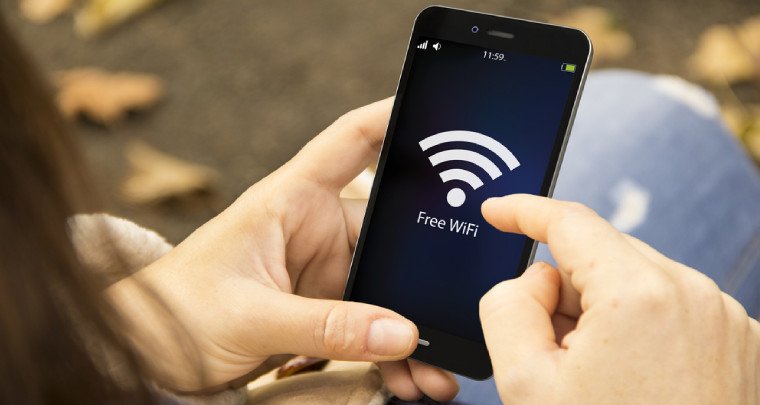How to Simplify the IoT-Wi-Fi Connection? The number of “things” connecting to the internet these days is astounding – and the numbers continue to grow. In fact, by some estimates, machine-to-machine connections will represent nearly half of all internet connections, and most of them will be wireless. The dominant technology for these connections is Wi-Fi, but is that really the easiest and most efficient way to connect devices with the internet?
As of this moment, the answer would have to be no. But that is all changing, as engineers look for ways to simplify the connections between the IoT(internet of things) and Wi-Fi connection.

Wi-Fi, Bluetooth, and the IoT
There are several reasons that Wi-Fi connection has become the accepted standard for connected devices, over other technologies such as Bluetooth or ZigBee.
For starters, Wi-Fi and Bluetooth are designed for different purposes. For instance, say that you install a sensor near your front door that will send an alert to your phone when someone visits. The easiest way to connect the devices is Bluetooth, which is designed to connect two or more devices and send data between them wirelessly. Bluetooth does not connect directly to the internet, though, so the applications are limited.
Wi-Fi, on the other hand, does connect the device directly to the internet. Information collected from embedded sensors and monitors in devices is sent directly to a server, where it’s stored and analyzed, and then used to determine further actions. For example, it’s likely that you have a smart meter on your home to measure your electricity usage. The information collected from that meter is sent directly via Wi-Fi to the power company’s central servers, where it not only determines your individual monthly bill but is also analyzed in aggregate with other customers’ data to identify trends and patterns of usage and identify potential problems before they occur.
The fact that Wi-Fi connects directly to the internet is only the start of its advantages, though. Another advantage is Wi-Fi’s ubiquity. It’s truly a global standard-everyone knows and understands the symbol for Wi-Fi, and actively seeks out the millions of hotspots around the world. That also means that most people know exactly how to use Wi-Fi: It’s easy even for small children to connect a device to Wi-Fi and authenticate their account. This isn’t always the case with a protocol like ZigBee.
With these advantages, it only makes sense that Wi-Fi has become the de-facto standard for IoT connections. However, there are still some obstacles to Wi-Fi domination.
Creating a New Standard
IoT devices are becoming increasingly complex. No longer limited to 8-bit microcontrollers, many are powered by complex computer systems with advanced 16-bit DAC microcontrollers that offer additional computing power, data storage, and more. Along with this power comes the need to add wireless connectivity, but developing a proprietary system for doing just that is often beyond the capabilities of device manufacturers. As a result, they generally use pre-existing integrated Wi-Fi solutions that are not only cost-effective but allow them to get their products to market faster.
But there are limitations to overcome. For starters, the number of devices that can reasonably use the same access point is limited, meaning that the more devices we connect, the more likely it is to experience failures due to overloaded connections. Another problem is that most things aren’t designed to allow users to easily connect to Wi-Fi; instead, they must connect to another device that is used to enter the necessary configuration commands. Coffee makers, for instance, don’t come equipped with full keyboards, making it a challenge to connect to Wi-Fi.
There are two solutions to this problem in development. The first is a new Wi-Fi standard, 802.11ah that uses the 900MHz band. This standard can potentially connect more than 8,000 devices to a single Wi-Fi access point within a range of nearly one mile. The second solution is the ProbMe protocol, which would allow users to simply plug in a device, turn on the “listen-only” mode, and then configure the device using a smartphone and then send the information to the secure Wi-Fi network. With this protocol, all ProbMe-enabled devices in the home would share the same configuration details, and connect to a designated network, taking some of the guesswork and complexity out of connecting devices.
Regardless of how the problem of simplifying connectivity is solved, one thing is certain: Wi-Fi connection is going to be the standard for IoT device connectivity going forward. As devices become more powerful and more complex, the need to develop better connection mechanisms is only going to increase.
